Best Place In The World to Live- Hint: It Aint U.S.
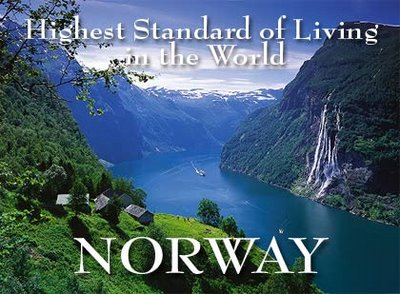
Norway still the world's best place to live:
For the fourth year in a row, the United Nations has ranked Norway as having the highest standard of living in the world. Sweden, Australia and Canada are next in line, while the United States is further down the scale.
Mixed economy
"The Norwegian economy is generally characterized as a mixed economy - a capitalist market economy with a clear component of state influence.""Norway’s economic policy is designed to stabilize and counteract unemployment and inflation, to stimulate growth and to influence the structure of industry and the distribution of income.
In 2002, the rate of unemployment was 3.9% of the workforce."
"Norway is a highly developed, industrial country with an open, export-oriented economy. Listed as one of the richest countries in the world, it has also achieved top-rankings with regard to standard of living, life expectancy, overall health and housing standards."
All public education in Norway is free, up to and including upper secondary level. The standard of teaching and training in schools and workplaces has a significant impact on the development of society. An important goal of Norway’s education policy is therefore to ensure that the Norwegian education system is among the best in the world as regards academic standards and recruitment of teachers.
United States Ranking...... 8th.






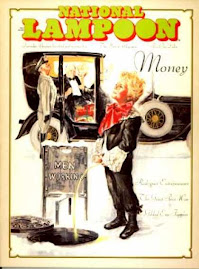








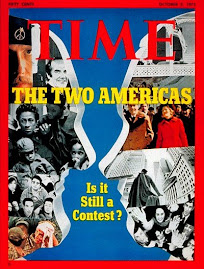




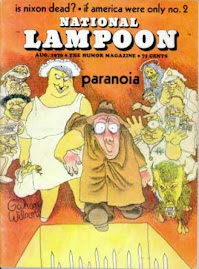



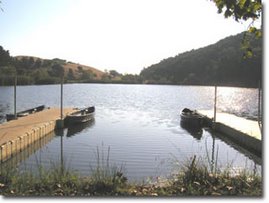

4 comments:
Don't they have universal healthcare,
spend on lot on public schools and almost no national debt? I'm sure glad we don't have socialism in this country.
They also have a much smaller economy and lots of oil, which they are not afraid to drill for and export.
Ole,
Yah, und they are saving da prophets for da fuuture, dat's why dey got no debt.
The got oil in Norway!
Norway's Petroleum:
Norway is Europe’s second largest producer of oil and the fourth largest producer of natural gas. In 1996, Norway was ranked as the third largest exporter of crude oil in the world. All petroleum production takes place offshore in the North Sea and the Norwegian Sea.
Most of Norway’s domestic supply of petrol and heating oil is provided by Statoil Norge AS (Norwegian state-owned oil company), Hydro Texaco AS (owned equally by Texaco Inc and Norsk Hydro, which is also partially state-owned) and six private companies.
The discovery of oil in the North Sea towards the end of the 1960s brought Norway into the oil age. The country became a net exporter of oil and gas in 1975. Traditionally, the discovery and extraction of oil has been given top priority, as oil commands the highest prices on the energy market. Recently, however, increasing attention has been paid to natural gas, as new marketing possibilities have been developed and the known volume of natural gas deposits has grown.
---
They got a mixed economy in Norway!
Facts & Figures
Mixed economy
The Norwegian economy is generally characterized as a mixed economy - a capitalist market economy with a clear component of state influence.
As in the rest of Western Europe, the expansion of most industry in Norway has largely been governed by private property rights and the private sector. Nevertheless, some industrial activities are owned or run by the state. State ownership and the regulation of the private sector serve to classify Norway as a mixture of market and planned economy. State administration takes the form of taxation, duties and subsidies. It is also evident in licensing schemes and the regulation of elements such as the working environment, accounting procedures, pollution and products. During the 1990s, state ownership of industry became more focused on purely financial investments.
The industrial sector is mainly under private ownership, but the state is the largest owner of some of Norway’s largest corporations, such as Statoil and Norsk Hydro. Statoil (the Norwegian state-owned oil company) occupies a dominant position in Norway’s subsea oil industry, as well as in the petro-chemical, oil refining and oil marketing industries. Agriculture and fisheries are in private hands, apart from the approximately ten per cent of productive forestry land owned by the state.
Within banking, there are state banks for the most important industries (agriculture, fisheries, heavy industry) for the municipalities, for regional development, for housing and for education. The state has been a significant owner of hydropower stations and electricity plants. Although the state has a monopoly on railways and the postal service, the state-owned companies that have been established have been granted freer rein, which in turn implies that they are increasingly exposed to competitive forces.
State involvement in Norwegian industry is gradually declining in keeping with the deregulation and privatization processes taking place throughout the industrialized world.
---
The got public education in Norway!
Norwegian educational policy is rooted in the principle of equal rights to education for all members of society, regardless of their social and cultural background or where in Norway they live. It is the role of the schools to convey both knowledge and culture, as well as to promote social mobility and provide a basis for wealth creation and welfare for all.
Teaching at Norwegian schools is to be adapted to the abilities and skills of the individual pupils. Special education is available for persons with disabilities or those with special needs who are otherwise unable to participate in ordinary school teaching activities. As a result of the increase in immigration, the number of pupils belonging to language minorities is on the rise. Norwegian education policy stipulates that consideration be given to the special needs of language minority pupils in order to better enable them to complete upper secondary education and pursue higher education and employment.
The Storting (Norwegian national assembly) and the Government are responsible for specifying the objectives and establishing the budgetary frameworks for the education sector. The Ministry of Education and Research is the administrative agency in charge of educational matters, and is responsible for implementing national educational policy. Norway has a unified school system based on a common standard. A national curriculum has been introduced to help to ensure that government educational standards are met.
Compulsory education in Norway is ten years, and consists of primary and lower secondary education. Upper secondary education is optional. The responsibility for ensuring that appropriate schooling is accessible to children, young people and adults in all municipalities and counties has been assigned to educational authorities in the county administration. The individual municipalities are in charge of operating primary and lower secondary schools, while the upper secondary schools are administered at the county level.
The higher education sector comprises educational programmes at the universities and university colleges. Admission to these programmes is normally contingent upon completion of three years of upper secondary education. With the exception of a few privately-run institutes, all institutions of higher education are operated by the state. However, each institution enjoys a large degree of academic and administrative autonomy.
Public education in Norway is free up to and including the upper secondary level. Tuition for higher education programmes at state-run institutions is normally minimal. The State Educational Loan Fund was founded in 1947, and provides student loans and grants for living costs to those attending higher education programmes. Support is also available for Norwegian students who wish to pursue part or all of their education abroad.
Independent, private schools provide a supplement to the public school system. The Directorate of Primary and Secondary Education authorizes such schools according to stipulated quality criteria. The academic programmes at independent schools must satisfy the requirements set out in the relevant regulations. Authorized independent private schools are eligible for government funding.
---
They got women on the broads of directors in Norway -- or else?
(This is from the von Mises Institute where women still belong in the kitchen.)
The government of Norway is now threatening to close down any company which does not have more than 40% women in the boardrooms by 2007. Nowhere is radical feminism as strong as in the Scandinavian Peninsula and the thought of low female representation in board rooms having anything to do with sex differences in preferences or distribution of abilities rather male chauvinist discrimation is of course even more taboo than in Harvard. The Swedish government have also told companies to have more than 40% women in the boardrooms, but have not (yet) decided to impose any punishment on companies that do not comply.
Post a Comment